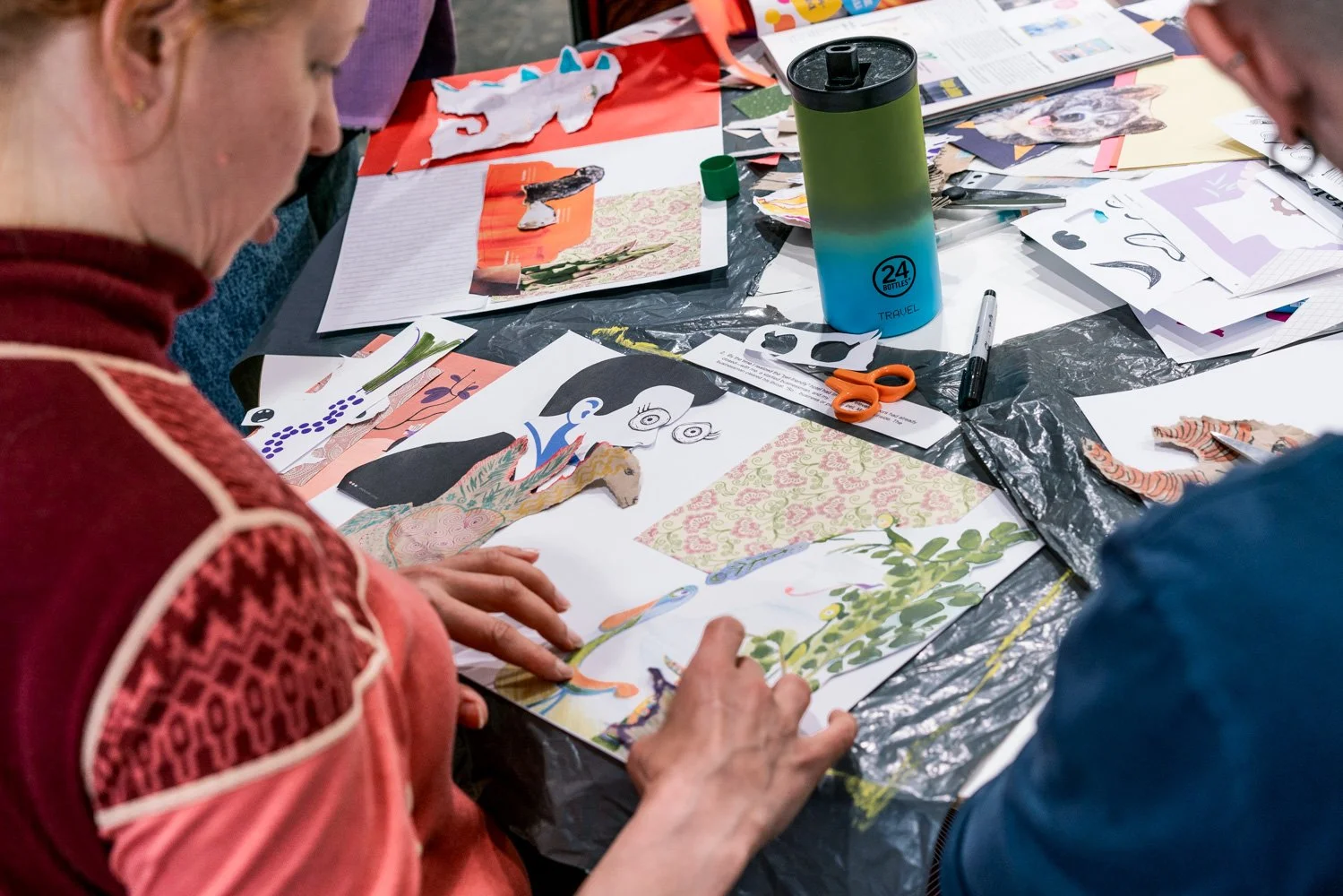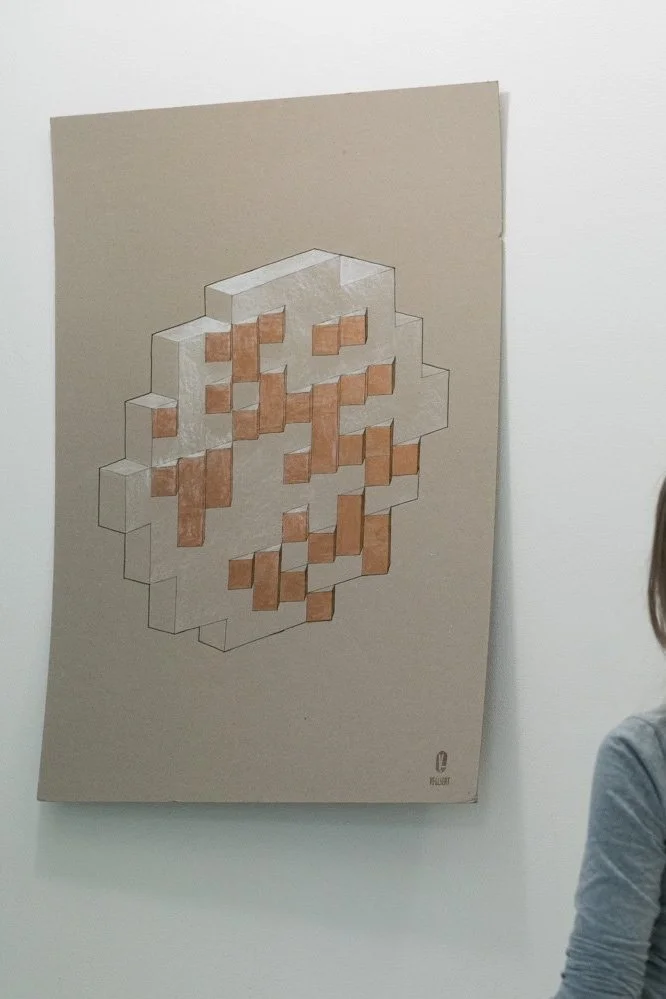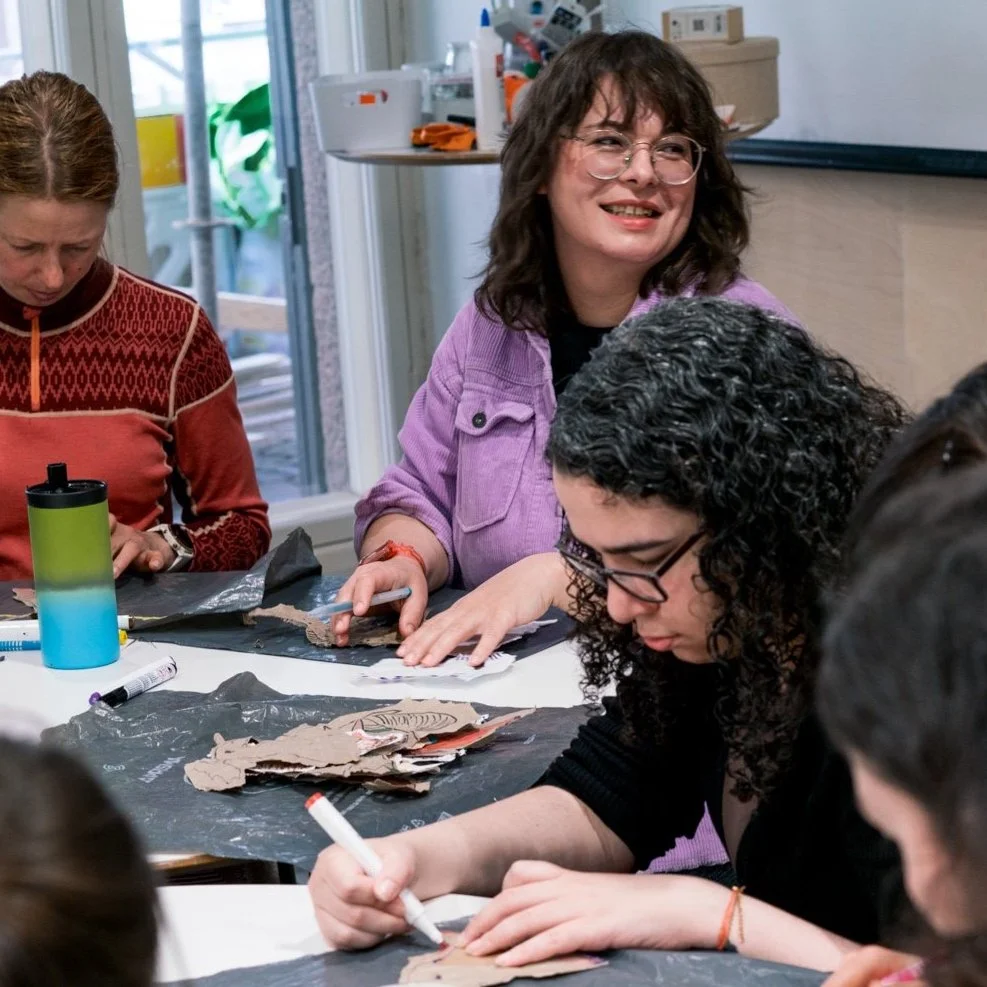Sustainable Artwork: Eco-Friendly Techniques for Conscious Creators
In an era where environmental awareness influences every aspect of modern life, the art world is no exception. Creators, curators, and collectors alike are increasingly drawn to sustainable artwork — art produced with methods and materials that minimize environmental impact, reduce waste, and celebrate nature’s inherent beauty.
Whether you're a professional artist, a student, or a hobbyist, adopting eco-friendly techniques not only helps protect the planet but also adds authenticity and integrity to your creative practice. In this guide, we'll explore practical, inspiring ways to create sustainable artwork, from upcycling forgotten materials to using plant-based pigments and crafting biodegradable installations.
What Is Sustainable Artwork?
Sustainable artwork is created using processes and materials that prioritize environmental responsibility and social ethics. It considers the entire lifecycle of an artwork — from the sourcing of materials to its final display and potential disposal. The focus is on reducing harmful waste, limiting the use of toxic substances, and often reimagining discarded or natural materials into meaningful, lasting pieces.
Why Sustainable Art Matters
The traditional art industry has long relied on hazardous chemicals, synthetic materials, and resource-heavy production methods. Paints with heavy metals, chemically treated canvases, and plastics are common culprits contributing to pollution and health risks. Sustainable artwork addresses these issues by offering environmentally responsible alternatives that honor both creativity and conservation.
Moreover, creating sustainable art nurtures a deeper connection to nature, encourages mindful consumption, and inspires audiences to reflect on their own relationship with the environment.
photos spotlight: workshop moments lead by Claudia Varjotie (instagram) featuring sustainable artwork creation in an upcycling collage technique.Eco-Friendly Art Techniques You Can Try
If you're interested in integrating sustainability into your artistic practice, there are numerous techniques and materials you can explore. Here’s a curated selection of eco-conscious art methods that align with sustainable artwork principles:
♻️ Recycling in Art: Transforming the Old into the New
Recycling involves breaking down materials into raw components for reprocessing. While it often requires industrial energy, when done on a small, personal scale, it offers an excellent way to reduce waste and reimagine discarded objects.
Examples of recycling-based art techniques:
Paper Pulp Sculpting: Shred recycled paper into pulp to create textured canvases, sculptural forms, or handmade paper sheets.
Recycled Collage: Combine discarded magazines, packaging, and paper scraps into striking collages that tell a visual story.
Metal Assemblage: Use salvaged metal pieces, wire remnants, and small machine parts in sculptural artworks.
Plastic Remnant Mosaics: Cut clean, discarded plastics into tiles to form colorful mosaic patterns and wall art.
Tip: When recycling paper, soak it overnight before pulping for a smoother texture. Add natural fibers like flax or jute for strength and organic visual interest.
Artist Inspiration:
Michelle Reader — known for large-scale sculptures made from household waste and recycled materials.
Vik Muniz — uses repurposed objects to create intricate, photo-based compositions.
🌱 Upcycling: Elevating Found Materials
Upcycling transforms existing materials into new creations of greater value and significance, often with minimal processing. It’s one of the most creative ways to produce sustainable artwork, as it invites artists to see potential in the overlooked.
Popular upcycling techniques include:
Reclaimed Wood Panels: Salvage driftwood, barn boards, or plywood to create painting supports or frames. Always ensure the wood is free of chemical treatments. Sand it lightly and apply a biodegradable primer for a natural finish.
Found Object Assemblage: Integrate discarded or obsolete objects like rusted tools, old textiles, or glass bottles into three-dimensional art pieces.
Upcycled Textile Art: Repurpose fabric scraps, old garments, and linens into wall hangings, soft sculptures, or mixed media pieces.
Natural Pigment Paintings: Paint with earth pigments, plant-based inks, and mineral dyes on reclaimed supports like old fabric, recycled cardboard, or wood offcuts.
Eco-Print & Botanical Dyeing: Use leaves, flowers, and natural tannins to imprint organic patterns onto textiles or papers.
Tip: When working with reclaimed wood, always test for chemical treatments by sanding a small area and observing scent and texture. Avoid woods with strong chemical odors or staining residues.
Artist Inspiration:
El Anatsui — transforms discarded bottle caps and aluminum seals into monumental wall hangings.
Ann Carrington — upcycles everyday objects like buttons and cutlery into sculptural installations.
Artist spotlight: Veronika Vegesent (website) featuring sustainable artwork made of upcycled art materials. The artwork shows a geometric shape. This shape represents all of the Earth's land. Today, much of this land is used for farming. The golden-yellow areas represent the percentage of land currently used for agriculture that could be returned to nature without affecting the population’s nutritional needs.This artwork shows a future possibility. By changing our diets, 39% of Earth's land could be restored. Currently, half of Earth's land is used for farming. If people eat more plants and less meat, over 75% of this farmland could be freed. This change would help create a more sustainable future.🎨 Eco-Friendly Materials and Non-Toxic Techniques
Choosing safe, sustainable materials is central to the creation of sustainable artwork. Many traditional paints and mediums contain harmful chemicals, but modern alternatives allow artists to create vibrant, archival pieces without endangering health or the environment.
Eco-friendly materials to consider:
Plant-Based Pigments and Inks: Create your own colors using natural earth pigments, botanical dyes, or charred wood. Bind them with vegan-friendly options like gum arabic or linseed oil.
Handmade Recycled Paper: Craft your own paper sheets from post-consumer waste — ideal for drawing, printmaking, or mixed media.
Water-Based Printmaking Inks: Opt for non-toxic, plant-based inks for relief printing, monotypes, or screen printing.
Natural Clay and Biodegradable Adhesives: Work with locally sourced clay and eco-friendly adhesives for sculptural and ceramic projects.
Organic Fiber Yarns and Threads: Use hemp, linen, and organic cotton for weaving, embroidery, and textile art.
Tip: When making plant-based pigments, use vinegar or lemon juice to alter pH levels and achieve a wider range of tones from a single natural dye source.
Artist Inspiration:
Emily Joyce — uses natural pigments, earth minerals, and plant-based binders in contemporary abstract works.
Dye Lab (India Flint) — pioneers eco-printing and natural dye techniques on textiles and paper.
🌾 Biodegradable and Nature-Based Installations
Nature itself can become both material and muse. Temporary installations made from natural elements emphasize the transient beauty of life and landscape, leaving no trace behind.
Ideas for nature-based sustainable artworks:
Raw Fiber Sculptures: Sculpt or weave with grasses, reeds, and plant fibers collected responsibly from local areas.
Site-Specific Eco Installations: Build land art pieces using stones, branches, and organic materials that naturally degrade over time.
Plaster Casting from Nature: Make biodegradable casts of bark, leaves, or stones using eco-friendly plaster or clay.
Tip: When creating temporary nature installations, plan for the work’s natural disintegration. Use biodegradable string, untreated fibers, or clay that naturally dissolves back into the environment.
Artist Inspiration:
Andy Goldsworthy — globally renowned for ephemeral, site-specific works using leaves, stones, ice, and natural pigments.
Patrick Dougherty — sculpts monumental architectural forms from woven saplings and natural branches.
Benefits of Creating Sustainable Artwork
Beyond environmental benefits, working sustainably offers creative advantages:
Unique Textures and Forms: Found and reclaimed materials often have rich textures and histories, adding character and narrative to your work.
Cost-Effective Resources: Repurposing materials reduces the need to purchase expensive art supplies.
Personal and Social Impact: Sustainable practices can inspire both the artist and their audience to reconsider consumption habits and embrace ecological values.
Adopting eco-conscious techniques and materials is more than a trend — it’s a meaningful, responsible way to engage with the world through your art. By embracing sustainable artwork, artists can lead by example, fostering dialogue about environmental issues and demonstrating that creativity and sustainability can coexist beautifully.
Whether you’re painting with plant-based pigments, sculpting with recycled paper pulp, or assembling upcycled installations, your efforts contribute to a broader movement of ethical, earth-centered artistry.
🌿If this inspires you, stay tuned - I’ll soon be launching a series of sustainable art workshops where you’ll learn these techniques hands-on, discover eco-friendly resources, and connect with a like-minded community of conscious creators.
Follow Veronika on social media and be part of the discussion on responsible art choices.
RELATED ARTICLES
RELATED ARTICLES
SOURCING SUSTAINABLE & ETHICAL ART SUPPLIES: MORE THAN SHOPPING (HIAA)
Artists have the power to transform our art supplies from potential environmental hazards into catalysts for positive change. Let's harness our collective creativity to make Helsinki a shining example of sustainable art practice on the global stage.
environmental impact of art studios (HIAA)
By minimizing the environmental impact of our studios, we're not just creating art – we're crafting a sustainable legacy. We're showing that artistic expression and environmental responsibility can go hand in hand, a message that resonates deeply with Helsinki's values.
Embracing circular economy in arts (HIAA)
By adopting circular economy principles, you're not just creating art - you're making a statement. You're showing that beauty and responsibility can go hand in hand. This adds a powerful new dimension to your work and your identity as an artist in Helsinki's international community.










